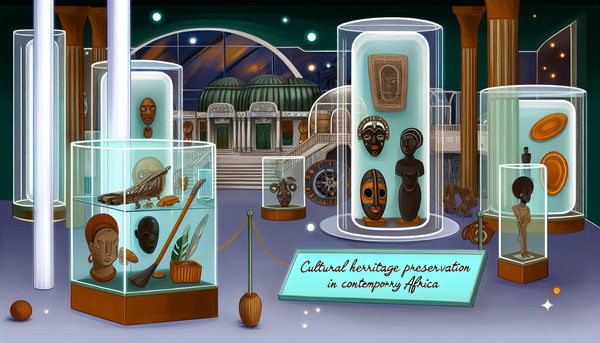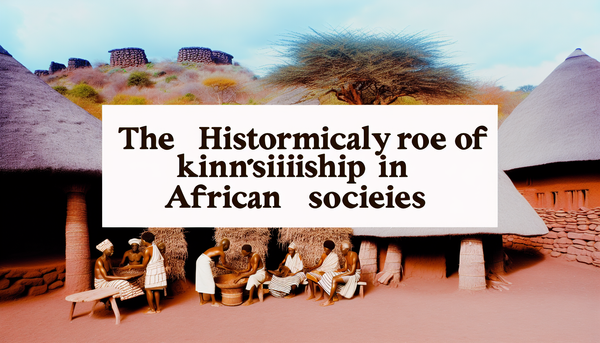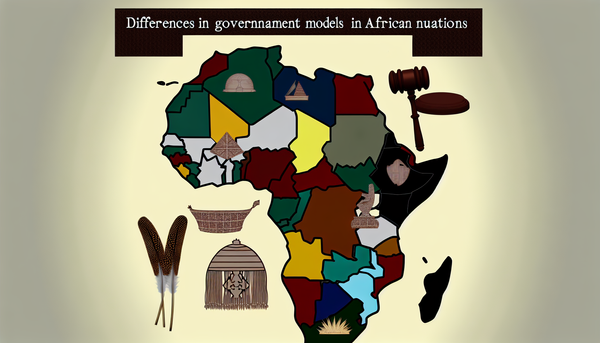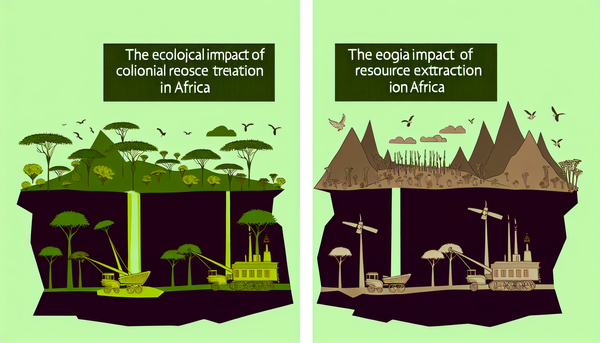The History of African Trade Routes and Their Significance
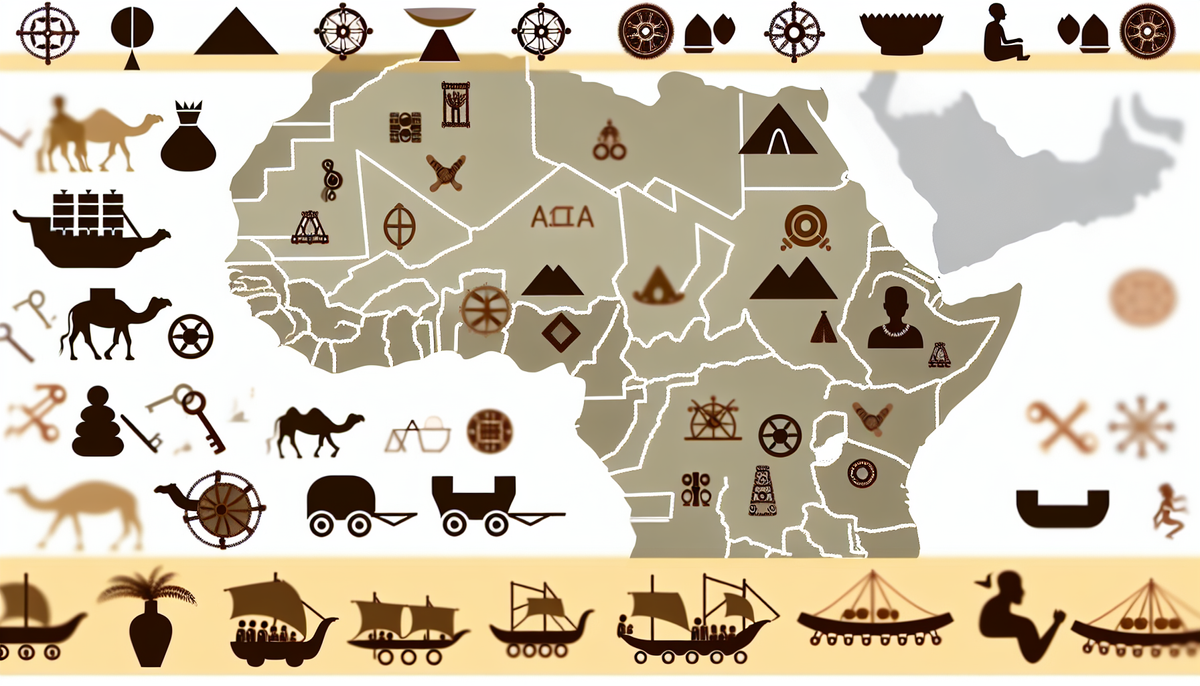
Introduction to African Continental Trade Networks
African continental trade networks have a rich history that dates back centuries, encompassing a diverse array of routes and connections that facilitated the exchange of goods, ideas, and cultures. These trade routes were vital in shaping the economic and social landscape of Africa, connecting regions within the continent and beyond. From the ancient Trans-Saharan routes that linked North Africa to West Africa, to the Indian Ocean trade routes that connected the East coast of Africa to Asia, trade played a significant role in the development and growth of African civilizations.
The trade networks not only facilitated the transportation of goods such as gold, salt, ivory, and spices but also served as conduits for cultural exchanges and technological transfers. The interactions along these routes led to the flourishing of great empires, the spread of religions, and the development of urban centers. Understanding the history of African trade networks is crucial in comprehending the continent's past and its current economic dynamics.
Evolution from Ancient Pathways to Colonial Railways
The evolution of African trade routes saw a shift from ancient pathways to colonial railways, marking a significant transformation in the continent's trade networks. Ancient trade routes like the Trans-Saharan trade and the Indian Ocean trade were largely dependent on camel caravans and maritime navigation, enabling the exchange of goods over vast distances. These routes were the lifelines of many African societies, fostering economic prosperity and cultural interchange.
With the arrival of colonial powers in Africa, the landscape of trade underwent a dramatic change. Colonial powers introduced modern transportation infrastructure, including railways, to facilitate the extraction of resources and the transportation of goods to ports for export. The construction of railways connected interior regions to coastal areas, allowing for easier and faster movement of commodities. This shift from traditional trade routes to colonial railways had far-reaching consequences on African economies and societies, as it reshaped the patterns of trade and disrupted existing networks. Understanding this evolution is essential in grasping the impact of colonialism on African trade dynamics.
Key Goods: Gold, Salt, Ivory and Their Impact on Trade
Gold, salt, and ivory were among the key goods that played a central role in African trade networks, shaping economic activities and driving exchange across the continent and beyond. Gold, coveted for its beauty and rarity, was a highly sought-after commodity that fueled trade along various routes, such as the Trans-Saharan trade network. African regions rich in gold deposits became major hubs of trade, attracting merchants from distant lands.
Salt, essential for preserving food and sustaining life, was another crucial commodity in African trade. The trade of salt was paramount in the Sahara Desert, where salt mines were abundant, and the commodity was exchanged for goods like gold and livestock. Ivory, prized for its beauty and versatility, was a luxury item that held significant value in trade networks. Ivory caravans traversed vast distances, connecting regions and facilitating the exchange of goods.
The trade of these key goods not only boosted economic activities but also influenced cultural interactions and power dynamics across Africa, leaving a lasting impact on the continent's history and development.
Influence of Trans-Saharan Routes on Empires
The Trans-Saharan trade routes had a profound influence on the development and prosperity of empires in Africa, shaping political and economic landscapes across the region. These routes, which crossed the vast Sahara Desert, connected the Mediterranean coast to West Africa, facilitating the exchange of goods such as gold, salt, ivory, and slaves. The trade along these routes not only enriched the empires that controlled them but also fostered cultural exchanges and diplomatic ties.
Empires like the Ghana Empire, Mali Empire, and Songhai Empire flourished along the Trans-Saharan routes, amassing wealth and expanding their territories through trade. These empires established dominance over key trade cities and controlled the flow of goods, solidifying their power and influence in the region. The wealth generated from trans-Saharan trade enabled empires to build impressive cities, palaces, and mosques, transforming the landscape and leaving a lasting architectural legacy.
The influence of the Trans-Saharan routes on empires extended beyond economic prosperity, shaping political structures, social hierarchies, and interregional diplomacy. The interconnectedness facilitated by these trade routes contributed to the rise of powerful empires and the cultural diversity of the region.
Cultural Exchanges and Technological Transfers
African trade routes were not only conduits for the exchange of goods but also vibrant channels for cultural interactions and technological transfers. The interconnected network of trade routes facilitated the movement of people, ideas, beliefs, and innovations across vast distances, leading to a rich tapestry of cultural diversity and cross-cultural influences.
Through trade interactions, African societies engaged in cultural exchanges, sharing traditions, languages, religions, arts, and customs. These exchanges fostered mutual understanding, promoted social cohesion, and enriched the cultural fabric of the communities along the trade routes. The blending of diverse cultural elements contributed to the development of unique hybrid cultures that reflected the interconnectedness of trade networks.
In addition to cultural exchanges, African trade routes facilitated the transfer of technologies and knowledge between regions. Techniques for metalworking, agriculture, navigation, and architecture were shared and adopted by different societies, enhancing technological capabilities and promoting innovation. The diffusion of technologies through trade routes played a crucial role in advancing societal development, improving living standards, and fostering economic growth across Africa.
Modern Changes and Global Connectivity
In the modern era, African trade networks have undergone significant transformations, influenced by advancements in technology, globalization, and changing market dynamics. The traditional trade routes that once connected different regions within Africa have evolved to adapt to the demands of a globalized economy, leading to new opportunities and challenges.
Modern changes in trade have been driven by advancements in transportation, communication, and information technology, which have revolutionized the way goods are exchanged and businesses operate. The introduction of air travel, container shipping, and digital platforms has facilitated faster and more efficient trade flows, enabling African businesses to connect with global markets and consumers more easily.
Global connectivity has opened up new avenues for trade diversification, allowing African countries to access a wider range of markets and goods. International trade agreements, regional economic blocs, and investment partnerships have further enhanced Africa's integration into the global economy, offering opportunities for economic growth and development.
However, along with these advancements come challenges such as competition from international markets, infrastructure deficits, and trade imbalances. Navigating these modern changes while harnessing the benefits of global connectivity is crucial for the continued growth and sustainability of African trade networks.
Future Prospects and Challenges in African Trade
The future of African trade holds promising prospects and significant challenges as the continent navigates a rapidly changing global economic landscape. With a burgeoning population, abundant natural resources, and improving infrastructure, Africa is poised to capitalize on opportunities for increased trade and economic growth.
One key prospect lies in regional integration and intra-African trade, as initiatives like the African Continental Free Trade Area (AfCFTA) aim to create a single market for goods and services across the continent. Strengthening regional trade ties can boost economic diversification, enhance competitiveness, and attract investment, leading to sustainable development and job creation.
However, African trade also faces complex challenges that require strategic solutions. Inadequate infrastructure, trade barriers, regulatory hurdles, and geopolitical instability pose impediments to smooth trade operations. Addressing these challenges through targeted investments in infrastructure, trade facilitation measures, and policy reforms will be crucial in unlocking the full potential of African trade.
Moreover, the impact of global trends such as digitalization, climate change, and shifting consumer preferences presents both opportunities and challenges for African economies. Embracing innovation, sustainability, and resilience will be essential for African countries to navigate the evolving dynamics of international trade and harness future growth opportunities effectively.
